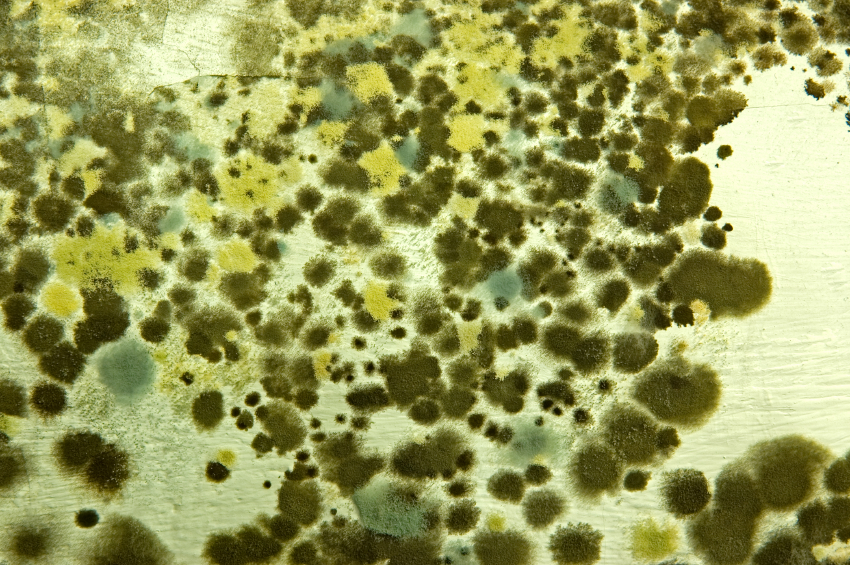SERVICES
Indoor Air Quality
 Our certified Industrial Hygienists have conducted numerous indoor environment quality evaluations with inspection and measurement of a wide range of building issues, both proactive and complaint-driven. These include mold and other allergens, chemicals, odors, comfort indices, and ventilation system assessments. Surveys have been conducted in industry, health care facilities, office buildings, retail establishments, and homes. Examples of services are listed below:
Our certified Industrial Hygienists have conducted numerous indoor environment quality evaluations with inspection and measurement of a wide range of building issues, both proactive and complaint-driven. These include mold and other allergens, chemicals, odors, comfort indices, and ventilation system assessments. Surveys have been conducted in industry, health care facilities, office buildings, retail establishments, and homes. Examples of services are listed below:
Asbestos, Carbon Monoxide, Formaldehyde, Lead, Radon
These are a few of the more common exposure concerns raised by building occupants or owners, the list of potential contaminants is extensive. Selection is generally based on building configuration and history, or specific client requests.
Laboratories used for analysis of samples are AIHA accredited, unless not applicable to special situations such as radon, in which case state accredited laboratories are utilized. Building-wide or area surveys, consisting of bulk samples and air sampling (if warranted), are conducted for special cases such as asbestos and lead.
Building Remediation Surveillance
We develop remediation plans for contaminant removal, establish criteria for post-remediation assessment, and conduct follow-up inspections. Services include development of protective measures for remediation personnel and building occupants
Comfort and Acceptability Indices
Measurements of air temperature, humidity, and carbon dioxide are almost always included in building air quality surveys. These are made with direct reading instruments and results compared to those contained in ASHRAE (American Society of Heating, Refrigeration and Air Conditioning Engineers) standards for indoor air.
Medical Case Review
In cases where medical diagnosis has occurred or medical review is necessary, our occupational physicians effectively address medical issues. This includes evaluation of symptoms or illnesses in terms of identified building-related exposures and selecting effective interventions. This type of review can be very beneficial in situations involving patients diagnosed with specific diseases or immune responses triggered by known environmental agents.
Occupant Interviews and Questionnaires
One-on-one interviews to assess occupant concerns are preferred when dealing with relatively small groups.
Questionnaires or survey forms can be used for larger populations, depending on client preferences and depth of assessment required. Understanding the extent and developmental history of occupant concerns are often key in defining problems and identifying solutions.
Sampling for Bacteria, Mold, and other Allergens or Pathogens
We collect samples from all mediums (air, HVAC equipment, carpet, floors, walls, etc.) for analysis of a wide range of potential biological contaminants, depending on site-specific circumstances.
Examples of analysis available include culturable and non-culturable fungi (mold and yeast), bacteria including special cases such as Legionella and Mycobacterium, common allergens such as dust mites, cat, dog and cockroach; and endotoxins, to name those most often analyzed.
Analyses are obtained from laboratories that participate in the Environmental Microbiology Accredited Laboratories Program (EMLAP) administered by the American Industrial Hygiene Association.
We have conducted numerous investigations in a wide array of environments including office buildings, schools, hospitals and medical practices, veterinary establishments, hotels, and individual residences.
Ventilation System Assessment
In order for ventilation systems to effectively remove contaminants from the work environment, they must be designed properly and maintained in good working order. Ducts often become blocked over time when handling dusty materials or after collecting large objects (bags, hats, etc.).
Many times, fan belts become worn, filters clogged or blast gates improperly adjusted. A program to ensure continued performance of ventilation systems is necessary to verify protection is being maintained.
Volatile Organic Compounds (VOCs) Measurement and Source Identification
These classes of chemicals are often associated with off-gassing from building furnishings and components; construction activities, operations within the building using chemical agents, fuel combustion, or outside sources. Odor, irritation, and headache are complaints often associated with this large class of chemicals.
Air sampling and analysis, along with information gained in the course of the building inspection, can identify potential sources along with alternatives available to eliminate or control the source. If necessary, samples of building components can be collected and analyzed to identify possible sources of offending components.
